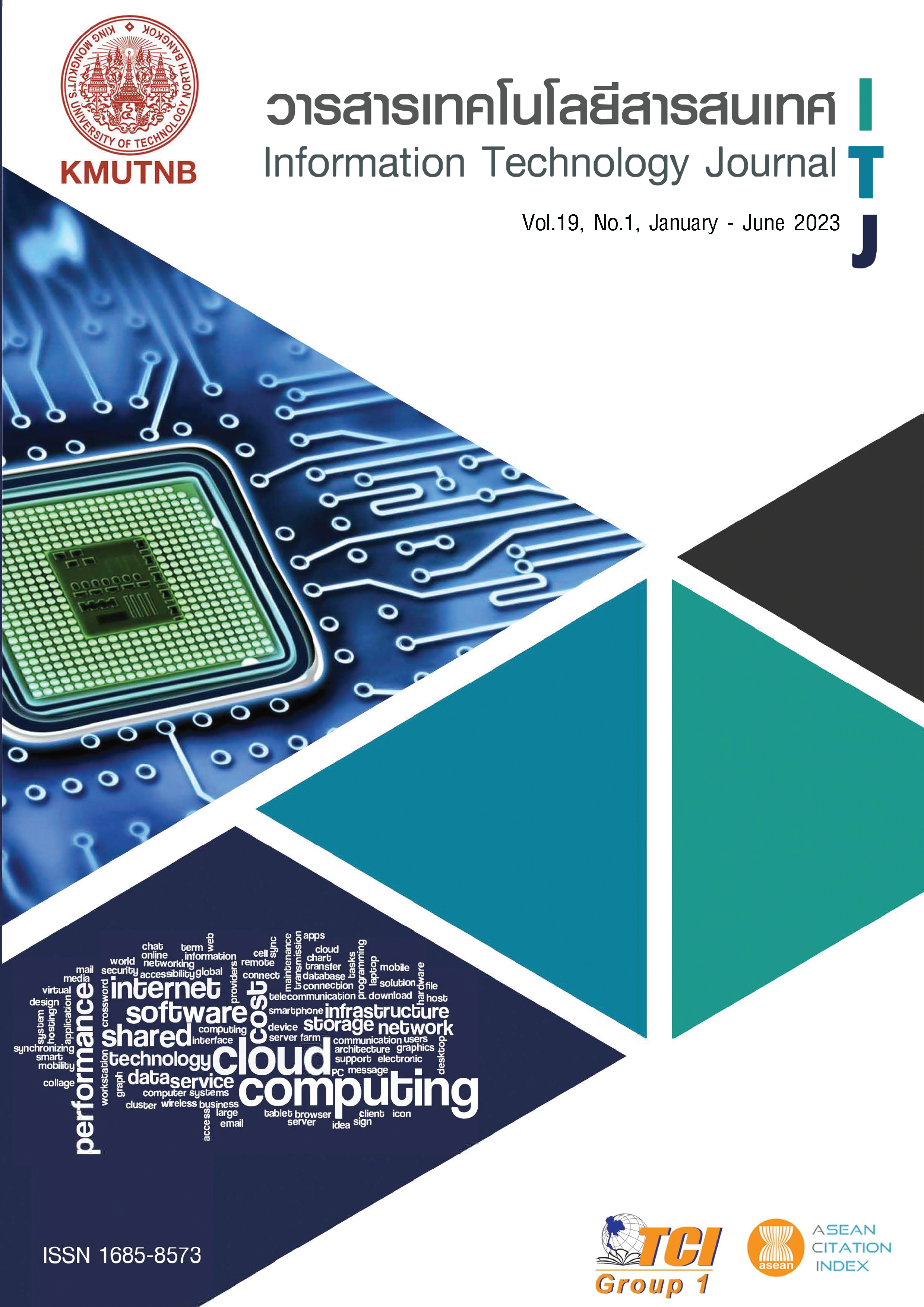มนุษย์เสมือนจริงมีความน่าเชื่อถือในการสื่อสารปากต่อปากแบบอิเล็กทรอนิกส์ที่ส่งผลต่อภาพลักษณ์ และการรับรู้ของตราสินค้า
Main Article Content
บทคัดย่อ
การวิจัยนี้เป็นการวิจัยเชิงสำรวจมีวัตถุประสงค์เพื่อ 1) เพื่อเปรียบเทียบความน่าเชื่อถือของมนุษย์เสมือนจริง (AI Influencer) และผู้มีชื่อเสียง (Celebrity) ที่มีต่อการสื่อปากต่อปากแบบอิเล็กทรอนิกส์ 2) เพื่อศึกษาอิทธิพลของการสื่อสารปากต่อปากแบบอิเล็กทรอนิกส์ต่อภาพลักษณ์ และการรับรู้ของแบรนด์ เก็บรวมข้อมูลโดยใช้แบบสอบถามออนไลน์จากประชากรในประเทศไทยที่มีบัญชีโซเชียลมีเดีย โดยการสุ่มตัวอย่างแบบชั้นภูมิจากกลุ่มตัวอย่างจำนวน 443 คน และใช้การวิเคราะห์ข้อมูลด้วยแบบจำลองสมการโครงสร้าง ผลการศึกษาพบว่า 1) เปรียบเทียบความน่าเชื่อถือของมนุษย์เสมือนจริง และผู้มีชื่อเสียงที่มีต่อการสื่อปากต่อปากแบบอิเล็กทรอนิกส์ พบว่า ความน่าเชื่อ ความน่าดึงดูดใจ และความชำนาญของผู้ที่มีชื่อเสียง (Celebrity) มีอิทธิพลต่อการสื่อสารปากต่อปากแบบอิเล็กทรอนิกส์ มากกว่า ความน่าดึงดูดใจ ความโดดเด่น ความน่าเชื่อถือของ AI Influencers 2) อิทธิพลของการสื่อสารปากต่อปากแบบอิเล็กทรอนิกส์ต่อภาพลักษณ์ และการรับรู้ของตราสินค้าพบว่า การสื่อสารปากต่อปากแบบอิเล็กทรอนิกส์ในเชิงบวกส่งผลอย่างมากต่อความไว้วางใจของผู้บริโภคซึ่งความไว้วางใจในเชิงบวกของผู้บริโภคส่งผลต่อภาพลักษณ์ของตราสินค้า และการรับรู้ของตราสินค้า
Article Details
เอกสารอ้างอิง
H. KartaJaya, P. Kotler, and I. Setiawan. Marketing 4.0: moving from Traditional to Digital. John Wiley & Sons, 2016.
T.A. Shimp. Advertising, Promotion and Supplemental Aspects of Integrated marketing Communications. Sixth Edition, Thomson South Western, 2003.
J. Trivedi. “Measuring the comparative efficacy of endorsements by celebrities vis-à-vis animated mascots”. Journal of Creative Communications, Vol. 13, No. 2, pp. 117-132, 2018.
A. De Bruyn, and G. L. Lilien. “A multi-stage model of word-of-mouth influence through viral marketing”. International journal of research in marketing, Vol. 25, No. 3, pp. 151-163, 2008.
B. L. Bayus. “Word of Mouth-the Indirect Effects of Marketing Efforts”. Journal of Advertising Research, Vol. 25, No. 3, pp. 31-39, 1985.
K. B. Murray. “A test of services marketing theory: consumer information acquisition activities”. Journal of marketing, Vol. 55, No. 1, pp. 10-25, 1991.
C. M. Cheung, and D. R. Thadani. “The impact of electronic word-of-mouth communication: A literature analysis and integrative model”. Decision support systems, Vol. 54, No. 1, pp. 461-470, 2012.
S. C. Chu, and Y. Kim. “Determinants of consumer engagement in electronic word-of-mouth (eWOM) in social networking sites”. International journal of Advertising, Vol. 30, No. 1, pp. 47-75, 2011.
T. Hennig-Thurau, K. P. Gwinner, G. Walsh, and D. D. Gremler. “Electronic word-of-mouth via consumer-opinion platforms: what motivates consumers to articulate themselves on the internet?”. Journal of interactive marketing, Vol. 18, No. 1, pp. 38-52, 2004.
A. Fox. Beyond contract: Work, power and trust relations. Faber & Faber, 1974.
A. S. Dick, and K. Basu. “Customer loyalty: toward an integrated conceptual framework”. Journal of the academy of marketing science, Vlo. 22, pp. 99-113, 1994.
Waratt Indrasuta. Brand Communication การสื่อสารตราสินค้า. Available Online at http://drwarat.blogspot. com/2010/11/1-brand-communication, accessed on 27 October 2021.
A. Paivio. “Mental imagery in associative learning and memory”. Psychol. Rev. Vol. 76, No. 3, pp. 241, 1969.
K. C. Lau, and I. Phau. “Extending symbolic brands using their personality: Examining antecedents and implications towards brand image fit and brand dilution”. Psychology & marketing, Vol. 24, No. 5, pp. 421-444, 2007.
M. Maricic, M. Kostic-Stankovic, M. Bulajic, and V. Jeremic. “See it and believe it ? Conceptual model for exploring the recall and recognition of embedded advertisements of sponsors”. International Journal of Sports Marketing and Sponsorship, Vol. 20, No. 2, pp. 333-352, 2019.
D. H. Zhu, Y. P. Chang, and J. J. Luo. “Understanding the influence of C2C communication on purchase decision in online communities from a perspective of information adoption model”. Telematics and Informatics, Vol. 33, No. 1, pp. 8-16. 2016.
A. Na Ranong, N. Khantanapha, and M. Piriyakul. “Influences of Attitudes towards Product Advertising and Brands as Mediators Transferring Celebrity Endorsement Influences on Purchase Intention”. Silpakorn University Journal, Vol. 36, No. 3, pp. 145-168, 2016.
D. H. McKnight, N. L. Chervany, and L. L. Cummings. Trust formation in new organizational relationships. Minneapolis: Management Information Systems Research Center, Curtis L. Carlson School of Management, University of Minnesota. 1996.
R. M. Morgan, and S. D. Hunt. “The commitment-trust theory of relationship marketing”. Journal of marketing, Vol. 58, No. 3, pp. 20-38, 1994.
F. Gecti, and H. Zengin. “The relationship between brand trust, brand affect, attitudinal loyalty and behavioral loyalty: A field study towards sports shoe consumers in Turkey”. International Journal of Marketing Studies, Vol. 5, No. 2, pp. 111, 2013.


